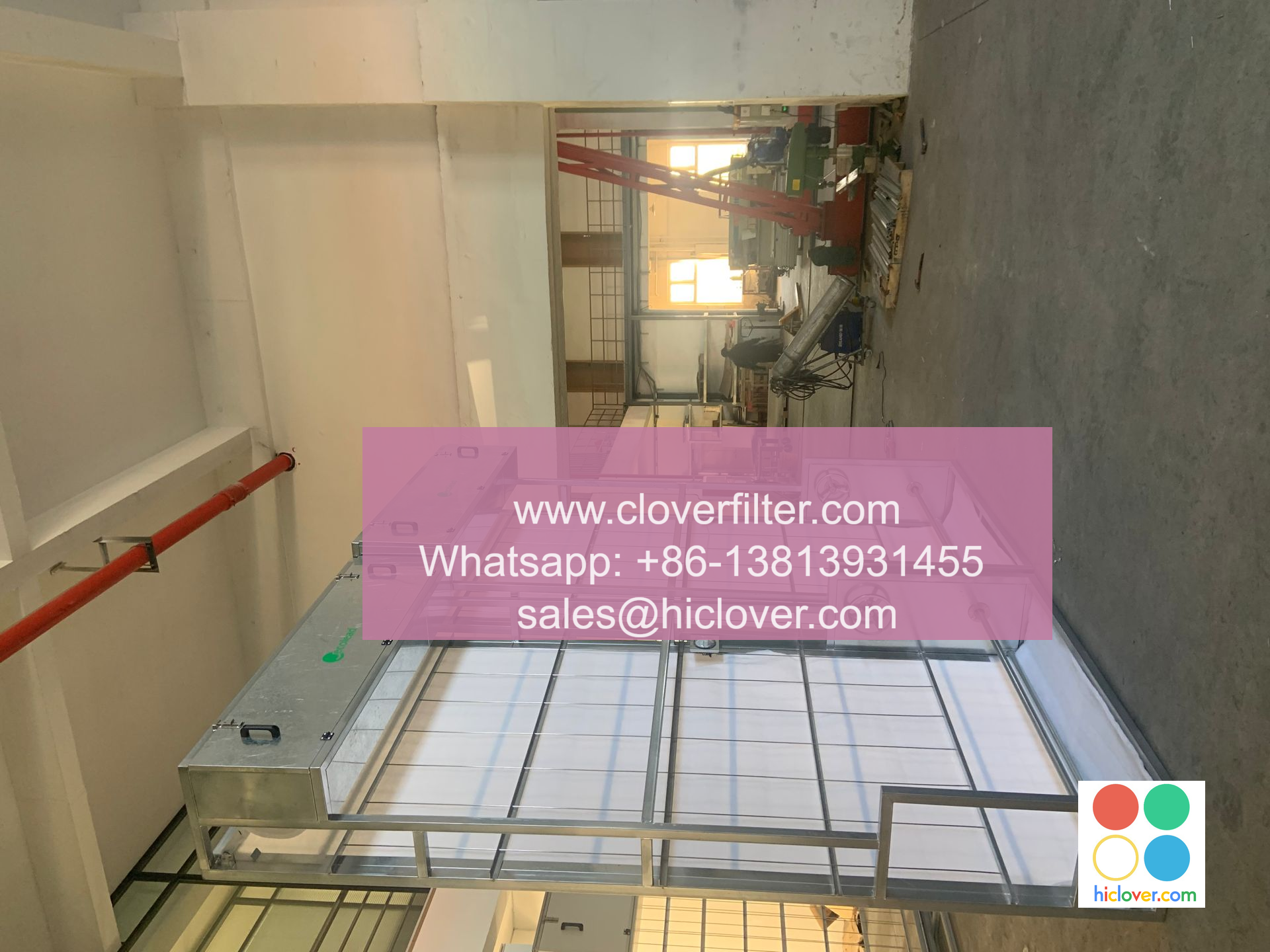The Ultimate Guide to Understanding Air Filter Categories

The Ultimate Guide to Understanding Air Filter Categories
What You Need to Know About Air Filters
Air filters are a crucial component in various applications, from household heating and cooling systems to industrial processes and automotive components. With so many options available, understanding the different types of air filters can be overwhelming. In this guide, we’ll break down the various air filter categories, highlighting their applications, advantages, and disadvantages.
Mechanical Filtration versus Activated Carbon Filtration
Mechanical filtration, also known as pre-filtration, is the most common type of air filter. These filters use a mesh or fabric medium to capture particles and contaminants, allowing air to pass through while trapping impurities. This type of filter is commonly used in:
- HVAC systems
- Air compressors
- Automotive engines
- Industrial processes
- Odor control in commercial kitchens, restrooms, and ventilation systems
- Air purification in residential and commercial buildings
- Process air purification in industrial applications
- Residential and commercial HVAC systems
- Industrial processes, such as power generation and textile manufacturing
- Automotive engine air filters
- Residential and commercial air purifiers
- Industrial processes, such as cleanroom applications and laboratory ventilation
- Medical equipment, like hospital operating rooms and medical diagnostic equipment
- Power plants
- Industrial processes, like cement and steel production
- Municipal buildings and public spaces
- Oil mist and oil smoke
- Volatile Organic Compounds (VOCs)
- High-temperature applications
- Industrial processes, such as machining and manufacturing
- Power generation and transmission
- Sewage and water treatment plants
On the other hand, activated carbon filters use activated carbon, a porous material that traps impurities and odors, to purify the air. These filters are ideal for:
Fiber-Filled Filters: Staple of Modern Air Filtration
Fiber-filled filters are another type of mechanical filter, filled with synthetic or organic fibers that capture particles and contaminants. These filters are popular in:
High-Efficiency Particulate Air (HEPA) Filters: The Gold Standard for Air Purification
HEPA filters are considered the gold standard for air purification, with a 99.97% efficiency in capturing particles as small as 0.3 microns. These filters are used in:
Electrostatic Precipitator (ESP) Filters: Effective for Large-Scale Applications
ESP filters use an electrostatic charge to attract and capture particles, making them an effective option for large-scale applications, such as:
Challenge-Based Filters: The Right Solution for Unique Air Quality Issues
Challenge-based filters are designed to address specific air quality challenges, such as:
These filters are ideal for applications like:
When in Doubt, Consult a Professional
When choosing the right air filter for your specific application, it’s essential to consult with a professional. With an understanding of the different air filter categories, you’ll be better equipped to select the best solution for your needs.
Conclusion
In conclusion, understanding the various air filter categories is crucial for ensuring optimal air quality in various applications. By understanding the strengths and weaknesses of each type of filter, you can make informed decisions for your specific needs. Whether you’re seeking to purify the air in your home, industrial process, or hospital, this guide has provided you with the knowledge to make an informed choice.
I’m ready to assist you. What would you like to talk about or ask?


